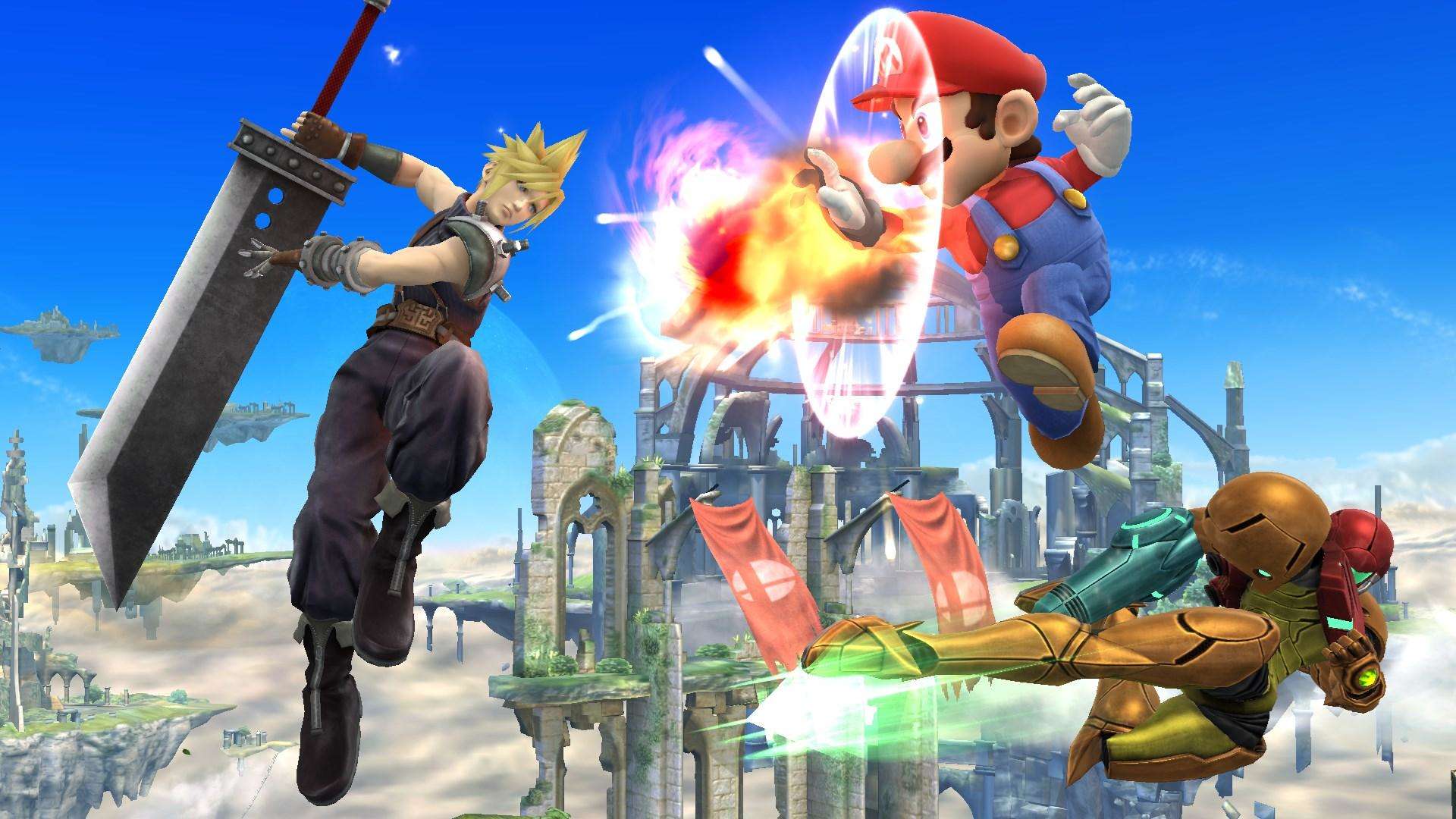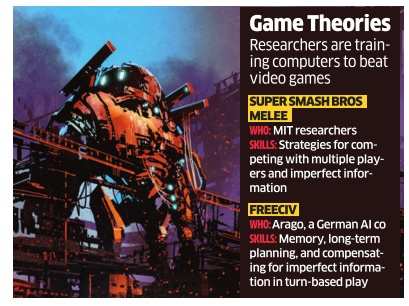
Artificial intelligence has come a long way in the 20 years since IBM's Deep Blue beat world champion Garry Kasparov in a six-game chess match! Computers have beaten top human players at checkers, backgammon, poker, and go.
Add to the list Super Smash Bros Melee, a 2001 Nintendo fighting game that lets you pit, say, Mario against Pikachu. Humanity has MIT researchers to thank for this defeat, chronicled in a paper they published in February, but Melee isn't the only video game getting a lot of playtime from learning machines.
 AI software has cracked Super Mario Bros, arcade mainstays Pac-Man and Mortal Kombat and even Angry Birds. Optimists say AI can help solve the world's toughest problems, including cancer and climate change. So why are AI systems spending so much time gaming?
AI software has cracked Super Mario Bros, arcade mainstays Pac-Man and Mortal Kombat and even Angry Birds. Optimists say AI can help solve the world's toughest problems, including cancer and climate change. So why are AI systems spending so much time gaming?It's all about data. Games allow AI software to tackle the kinds of complex logic problems found in the real world -uncertainty, negotiation, bluffing, cooperation -in carefully controlled environments, says Vlad Firoiu, who was part of the team that cracked Melee.
Researchers can start their fledgling AI with relatively simple video game problems, run the tests thousands or millions of times, then gradually move on to more complex challenges as the system learns to handle the initial ones.
“With games, you can generate as much data as you like,“ says Demis Hassabis, CEO, DeepMind Technologies -the London AI company owned by Google parent Alphabet. “You want to hit the sweet spot, not too hard and not too easy for your current algorithms.“
Game environments are ideal for reinforcement learning, says John Schulman, a researcher at OpenAI, which is backed by the likes of Tesla's Elon Musk, Sam Altman and venture capitalist Peter Thiel.


0 comments:
Post a Comment